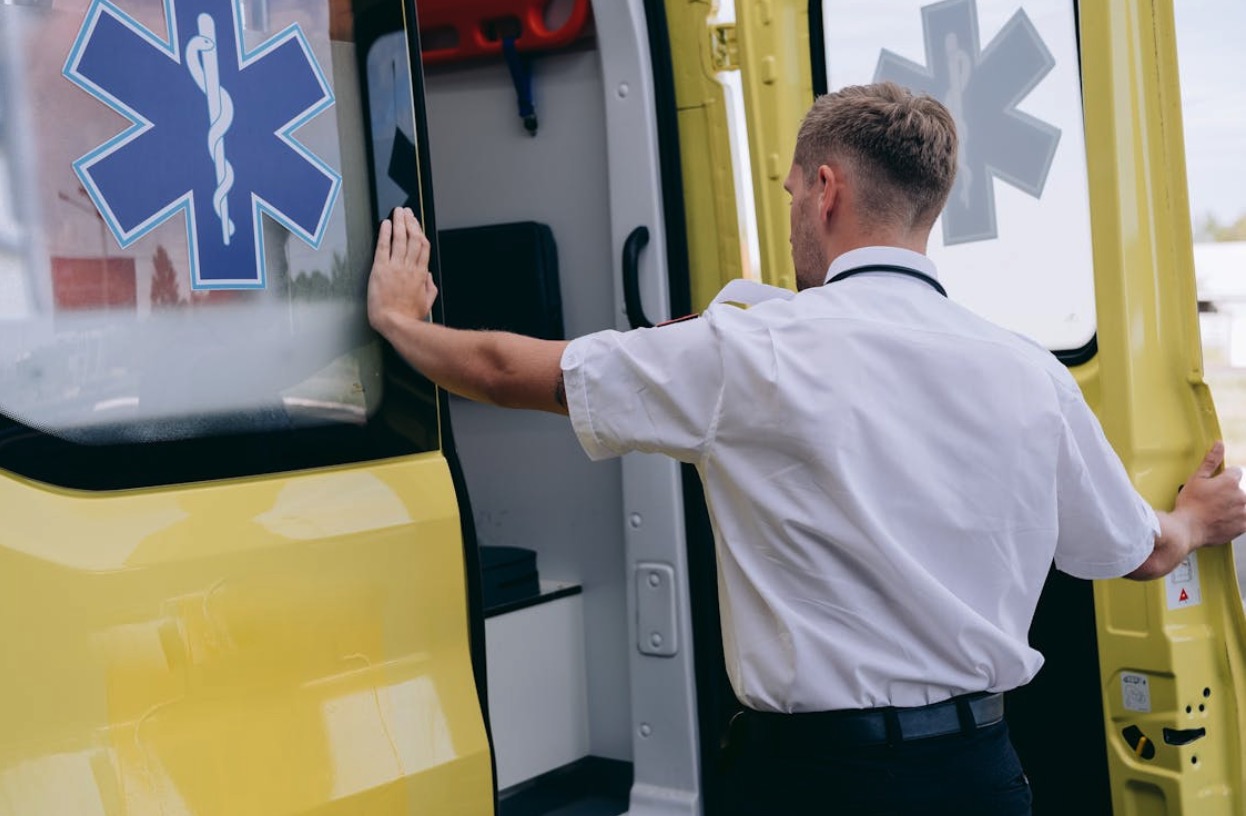Comments
CAR ACCIDENT TIPS - If you live in Los Angeles and have a crash while visiting Texas, the rules change fast. Texas rules apply, not California rules, and what you do in the first day can shape your claim.
This guide keeps the process simple. It uses public sources and what Texas injury lawyers see in real cases. For background on how Texas claims move, see Source: Sutliff Stout for plain explainers and examples.
First steps at the scene
Check yourself and others for injuries. Call 911.
In Texas, police should come if anyone is hurt, a car must be towed, a driver seems impaired, or damage looks more than minor. Move to a safe spot if you can. Turn on hazard lights. Do not move badly damaged cars unless safety requires it.
Exchange names, phone numbers, license numbers, insurance details, and plate numbers. Ask to see the other driver’s license and insurance card. Take clear photos of both. If there are witnesses, get their names and numbers before they leave.
Photograph the cars from many angles. Capture skid marks, traffic signs, the road, and the sky. Short video clips help show distance and flow of traffic.
If a tow truck arrives, write down the company, phone number, and lot address. Keep receipts for the tow and any ride home. If you feel pain later the same day, go to urgent care or an emergency room. Early medical records link your injuries to the crash, which helps your claim.
Texas insurance and fault basics
Texas is an at fault state. The driver who caused the crash pays for losses through insurance or personal assets. You can open a claim with the other driver’s insurer. You can also use your own coverage, such as collision, medical payments, or personal injury protection, if you have it.
Texas uses proportionate responsibility. Each driver can share part of the blame. If you are 50 percent or less at fault, you can still recover money, reduced by your percentage. If you are 51 percent or more at fault, you recover nothing.
Keep this in mind when you speak about the crash. Stick to facts. Avoid guesses like “I should have seen them” or “I was in a rush.”
When an adjuster calls, write down the name, company, and claim number. You can delay any recorded statement until you review the police report and talk with a lawyer. You do not need to accept the first repair estimate or the first injury offer.
If the estimate seems low, ask for a review or get a second opinion from a reputable shop.
Reports and records you will need
Before leaving the scene, ask the officer for the crash report number.
Most reports in Texas are filed on a standard form and become available after processing. You can usually buy a copy online through the state crash records system. The report lists drivers, insurance, a diagram, and any citations. Insurers rely on it to make early decisions on fault.
Build a simple folder for your records. Include every medical visit, prescription, imaging, and therapy summary.
Take photos of bruising and swelling with dates. Keep a short daily note about pain levels, sleep, work limits, and chores you cannot do, such as lifting, long drives, or child care. These notes help show real impact without guesswork.
For car damage, take photos before and after repair. If a shop finds more damage after teardown, ask the insurer for a supplement and confirm it in writing. If you need a rental, request a comparable vehicle.
Keep all receipts. If parts delays extend the repair, ask the insurer to extend rental coverage and note the agreement by email.
Save proof of lost income. Keep pay stubs and a letter from your employer that shows missed days or reduced duties. If you are self employed, gather invoices, bank statements, and a short note that shows how the crash affected scheduled work.
Deadlines and where to handle the case
Report the crash to your own insurer as soon as you can. Some policies set short notice rules. If you plan to use your own coverage, late notice can cause problems.
Texas sets a two year window for most injury lawsuits. The clock usually starts on the date of the crash. Some cases have shorter notice rules, such as claims against a city or county. If a government vehicle was involved, ask a lawyer about those notice rules right away.
You can live in Los Angeles and still handle a Texas claim. Phone and video meetings work well for most steps. Many cases settle without a court hearing.
If a lawsuit is needed, it is usually filed in the Texas county where the crash happened or where a defendant lives. Your lawyer can handle local filings and can often appear for you. Ask early about any step that might require you to travel.
If a child was hurt, any settlement may need court approval to protect the funds. Plan extra time for that review and ask how the funds will be held.
Getting help from a Texas lawyer
You may not need a lawyer for a minor crash with small medical bills and clear fault.
You probably do need one if fault is disputed, injuries are more than minor, or a commercial truck, delivery van, or rideshare is involved. A Texas lawyer can collect records, manage the claim, and handle talks with the insurers while you are back in Los Angeles.
Most Texas injury lawyers use a contingency fee. You pay a percentage of any recovery and no fee if there is no recovery.
Ask how costs work, such as fees for records, experts, or filings. Get the fee agreement in writing. Ask how often you will get updates. Many people prefer a weekly email or a scheduled call. Clear updates reduce stress and help you track the case.
If the other driver has no insurance or too little, ask about your own uninsured or underinsured motorist coverage. Your policy may cover medical bills, lost wages, and pain. A Texas lawyer can help you open that claim and follow your policy rules.
If alcohol is suspected, time matters. Ask about steps to preserve bar records, camera video, body cam files, and car data. Quick action can protect key proof.
Extra tips that save time and money
Use one pharmacy for all crash related prescriptions. You can then print a single record. Track mileage to medical visits and therapy. Mileage is often reimbursable. Keep a simple spreadsheet with dates, addresses, and miles.
Choose a repair shop you trust. You are not required to use the insurer’s direct repair shop. Take photos when you drop off the car and when you pick it up. If you see new gaps or uneven paint, ask the shop to fix it before you sign a final release.
Be careful on social media. Short posts can be taken out of context. A smiling photo at a party can turn into a dispute about pain. It is safer to say nothing about the crash or your injuries until the claim closes.
If a family member is in a Texas hospital and you are in Los Angeles, call the patient access office to ask what forms are needed to get records. If a death occurred, Texas allows wrongful death and survival claims by certain family members or the estate.
These cases are complex. A Texas lawyer can explain who may file, what proof is needed, and how to move fast to preserve records.

Final Thoughts
A crash in Texas is stressful, but simple steps help. Get medical care, collect the crash report, save your records, and watch the calendar. Use clear notes and photos. If the claim stalls or fault is disputed, speak with a Texas lawyer who can work with you while you are in Los Angeles.
















